Torque sensors collect torque signals from the rider pedaling the electric bicycle and play a key role in this process, helping electric bicycles achieve intelligent control and energy saving.
Signal acquisition: The torque sensor is installed on the middle axis of the electric bicycle. By sensing the strength and speed of the rider pedaling the middle axis, it collects key parameters such as the rotation angle, speed, and pedaling force of the middle axis in real time. These parameters are important indicators that reflect the rider's power needs.
Data transmission: The collected signals are processed and transmitted to the controller of the electric bicycle. The controller is the core of the electric bicycle and is responsible for parsing these signals and making corresponding control decisions.
Intelligent decision-making: The controller calculates the most suitable motor speed and power size based on the signal transmitted by the torque sensor and the data of other sensors through complex algorithms. This process fully considers multiple factors such as the rider's power needs, road conditions, battery power, etc. to achieve the best riding experience.
Execution control: Once the optimal motor speed and power size are determined, the controller will issue instructions to the motor to adjust the motor's operating status. In this way, the electric bicycle can automatically adjust the motor speed and power according to the rider's pedaling force and speed, and realize intelligent control.
Precise power assistance: Through the precise acquisition and intelligent control of the torque sensor, the electric bicycle can provide just the right power support when the rider needs power assistance, avoiding unnecessary energy waste. This precise power assistance not only improves riding efficiency, but also extends the battery life.
Dynamic adjustment: During riding, road conditions and riders' power requirements will continue to change. The torque sensor can monitor these changes in real time and dynamically adjust the operating state of the motor through the controller. For example, it increases power assistance when climbing or accelerating, and reduces power assistance when on flat ground or decelerating, thereby maximizing energy savings while ensuring the riding experience.
Energy-saving mode: Some advanced electric bicycles are also equipped with energy-saving modes, which further reduce energy consumption by optimizing control algorithms and motor efficiency. In these modes, the torque sensor and controller work together to ensure that the electric bicycle achieves lower energy consumption while maintaining basic performance.
The torque sensor helps electric bicycles achieve intelligent control and energy saving through processes such as accurately acquiring riders' power demand signals, real-time data transmission, intelligent decision-making, and execution control. The application of this technology not only improves the performance and user experience of electric bicycles, but also promotes the development of green travel and energy conservation and emission reduction.
How do torque sensors help electric bicycles achieve intelligent control and energy saving?
Product Consultation
Search
Categories
Recent Posts
If you have any questions, please fill out the contact form at the bottom of the page and contact us.
-
 Mini Rear Hub Small Motor
Mini Rear Hub Small Motor
-
 2x9S Bicycle Trigger Shifter
2x9S Bicycle Trigger Shifter
-
 2x8S Bicycle Trigger Shifter
2x8S Bicycle Trigger Shifter
-
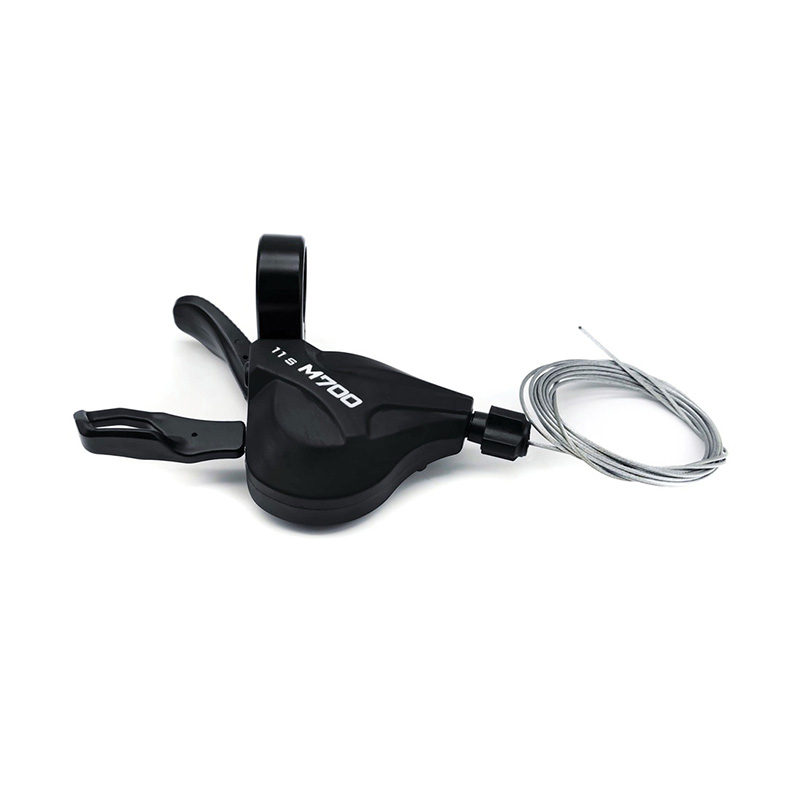 1x11S Bicycle Trigger Shifter
1x11S Bicycle Trigger Shifter
-
 3x8S Bicycle Trigger Shifter With Brake Lever
3x8S Bicycle Trigger Shifter With Brake Lever
-
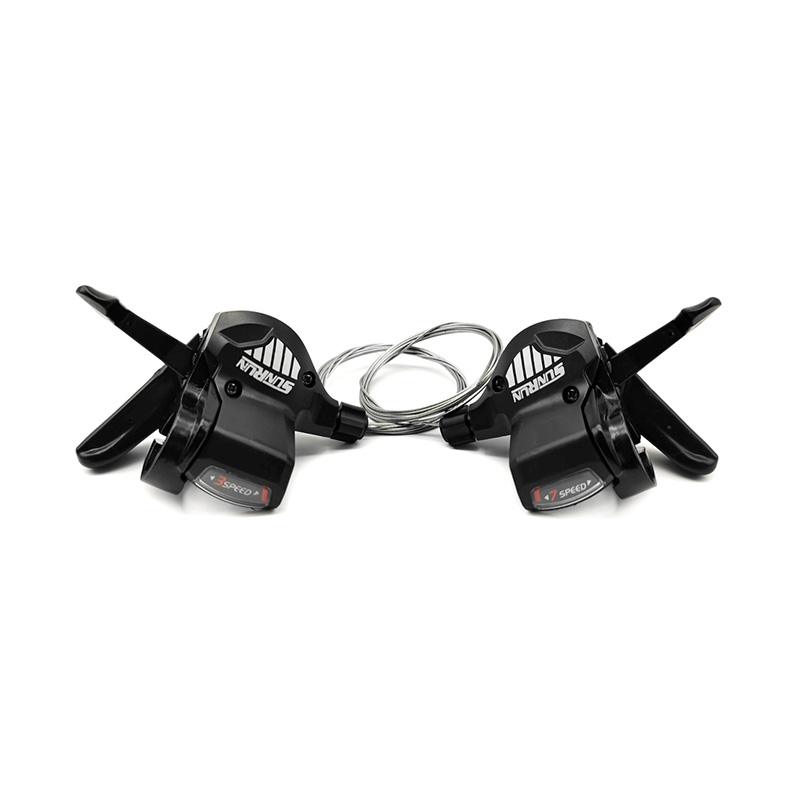 3x7S Bicycle Trigger Shifter
3x7S Bicycle Trigger Shifter
-
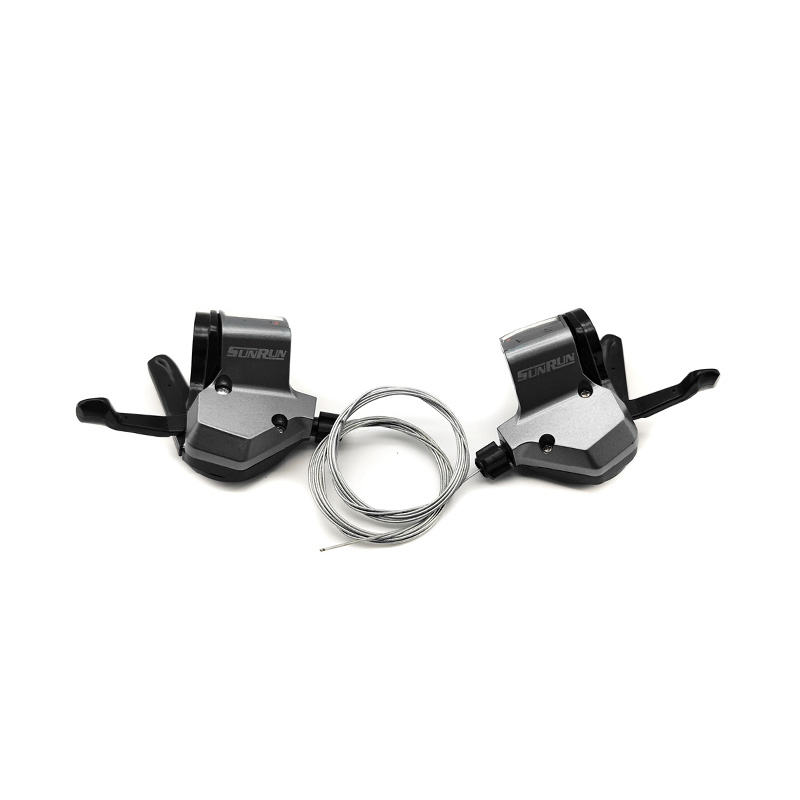 3x9S Bicycle Trigger Shifter
3x9S Bicycle Trigger Shifter
-
 3x7S Bicycle Trigger Shifter
3x7S Bicycle Trigger Shifter
-
 3x7S Bicycle Trigger Shifter With Brake Lever
3x7S Bicycle Trigger Shifter With Brake Lever
-
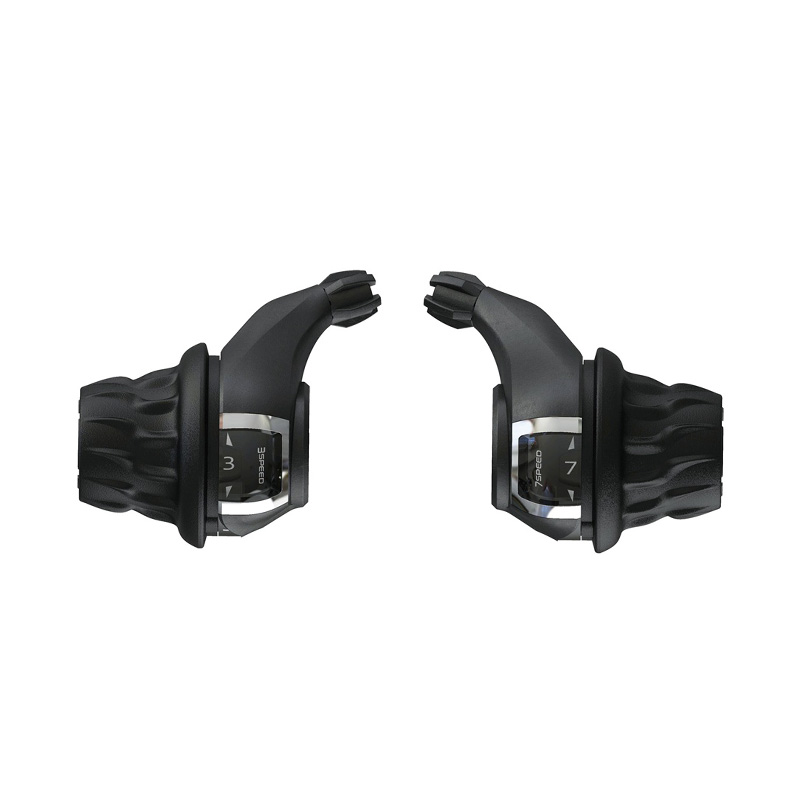 3x7S Bicycle Twist Shifter
3x7S Bicycle Twist Shifter
-
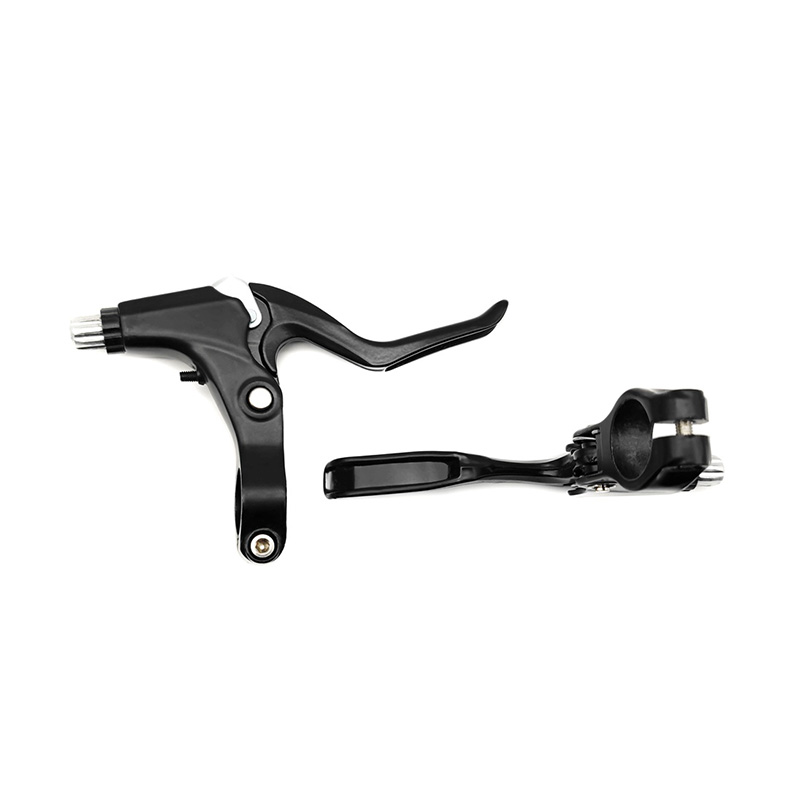 2-3 Fingers Full Alloy Bicyle Brake Lever
2-3 Fingers Full Alloy Bicyle Brake Lever
-
 2-3 Fingers Nylon-Composite with Steel Insertion Bicyle Brake Lever with Alloy Lever
2-3 Fingers Nylon-Composite with Steel Insertion Bicyle Brake Lever with Alloy Lever

 中文简体
中文简体 English
English

